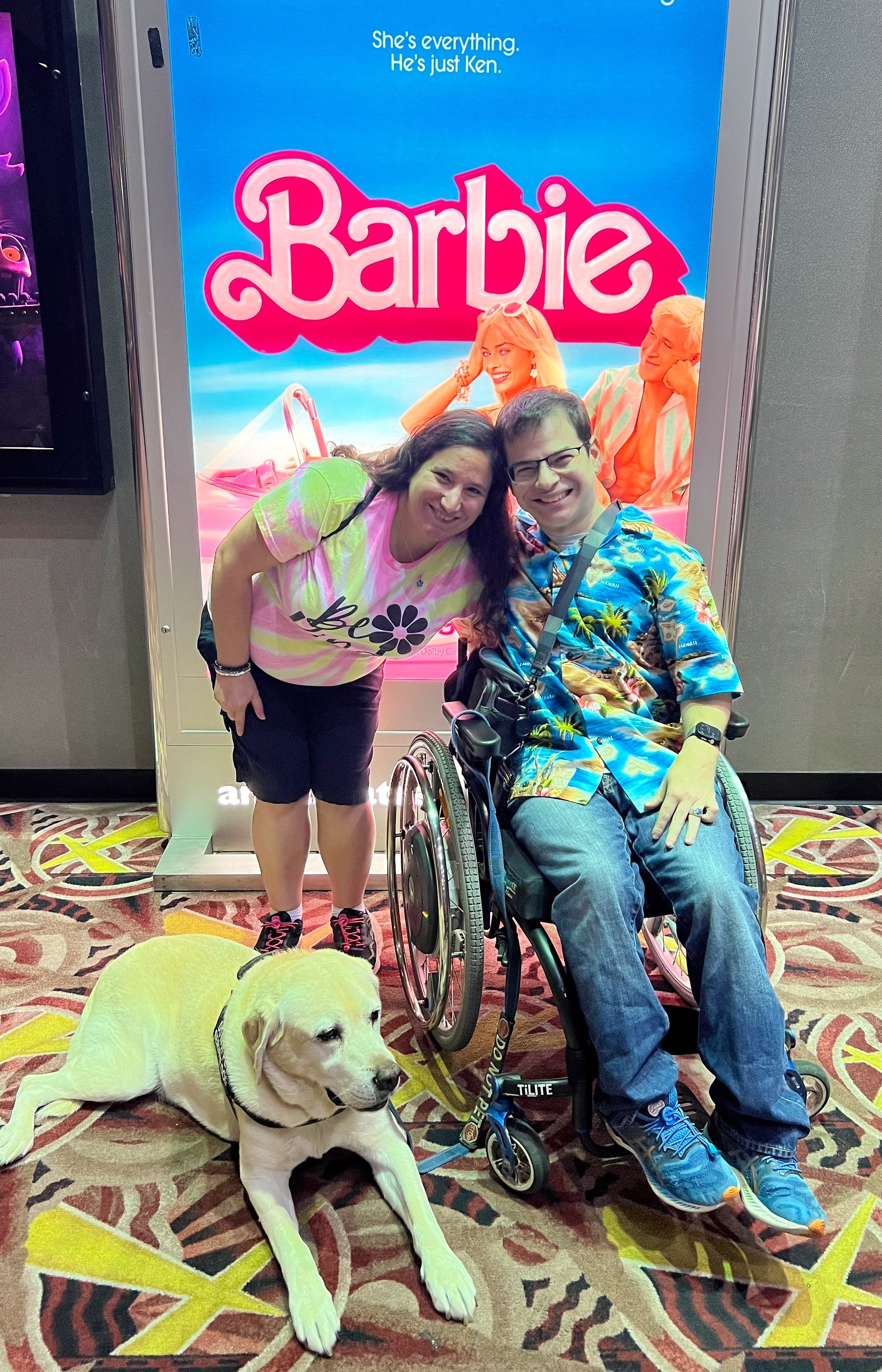With her guide dog Paul at her side, Maya Larson signs with her boss Darlene Zangara, executive director of the Minnesota Commission of the Deaf, Deafblind and Hard of Hearing in St. Paul, Minn. (Glen Stubbe/Star Tribune/TNS)
Today I'm reflecting heavily on the importance of reasonable accommodations in the workplace. These are not preferences or luxuries, but necessities that level the playing field for disabled employees like myself. They are equalizers, not special treatments, and they are as diverse as the individuals who require them.
The process of disclosing a disability and requesting accommodations is fraught with challenges. It's not a step taken lightly. By the time an employee discloses a disability, they've likely exhausted all other options to adapt their work environment independently. As a wheelchair user living with Cerebral Palsy, a service dog handler to Canine Companions® Pico, and someone living with a visual impairment and chronic pain, I can attest to the discomfort and apprehension that comes with this disclosure.
The latest report from the Disability:IN and the Disability Equality Index for 2023 found that only 4-6% of employees openly disclose disability in the workplace, despite 97% of employers encouraging them to do so. This discrepancy could be due to misconceptions about disability and job performance, perceived barriers to upward mobility, or a general misunderstanding about disability overall by the employer.
As highlighted in a recent article on Disability Scoop, Occupational Therapist Elizabeth Duffy put it beautifully. "Duffy said employers can adjust to accommodate different ways of learning and absorbing information. That could include scheduling flexibility and making sure meetings aren’t the only way to deliver updates and announcements to staffers." This is a prime example of how simple accommodations can make a significant difference in an employee's ability to perform their job effectively.
However, the process of requesting and receiving accommodations can often feel adversarial, leaving employees feeling beaten down and less likely to seek further accommodations in the future. This is counterproductive, as it ultimately hampers job performance.
The future of work for disabled employees is promising, with industries expected to grow over the next decade, as highlighted in a recent Forbes article by Diane Winiarski. But this growth must be accompanied by a commitment to diversity, equity, inclusion, and access. Employers must reassess their reasonable accommodation processes and strive for a more inclusive and equitable workplace.
Reasonable accommodations are not an attempt to "gamify" the system. They are a necessity for disabled employees to perform their jobs to the best of their ability. Let's continue to challenge misconceptions, promote understanding, and advocate for a more inclusive workplace.









